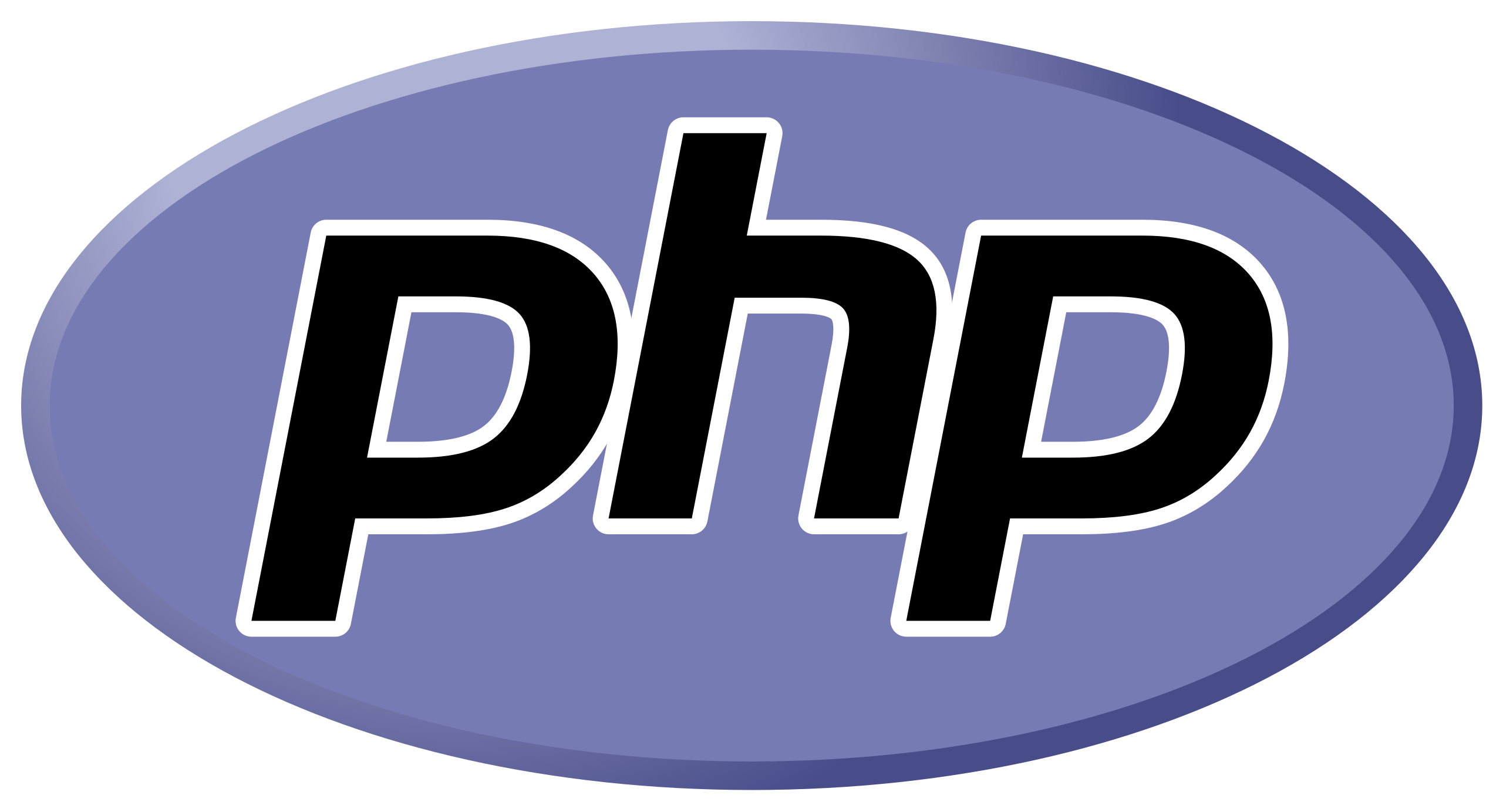PHP app internationalization and localization

PHP is a popular general-purpose scripting language that’s particularly suited for server-side web development. PHP runtime is generally executed by webpage content, and can be added to HTML and HTML5 webpages. PHP was originally developed in 1994 by Rasmus Lerdorf.
- Created by
- Rasmus Lerdorf
- Released
- June 8, 1995
- Links
-
https://www.php.net
Wikipedia
🔗PHP applications are usually translated these file formats
🔗Related Platforms
🔗Best way to localize PHP apps
The first step is to extract the text to translate into language files. This process is called internationalization. The built-in gettext library can be used to do that, or you can also move the text and its translations into PHP objects, such as PHP Array, PHP Define or PHP ini, conf.
Once you have internationalized your PHP app, use a translation software localization tool such as WebTranslateIt to manage your localization workflow.
It is easy to translate a PHP app with WebTranslateIt. Create a project, upload your source language file in the File Manager and translate it on the Translation Interface.
The tools included in WebTranslateIt, such as Batch Operations, the Translation Memory or Machine Translation can help you translate that file automatically, faster and cost effectively.
🔗Links of interest
- WebTranslateIt’s CLI to help sync language files.
- LinguaLeo/wti-api Simple PHP library to connect to the WebTranslateIt API. Unmaintained but should still work.
- Philipp15b/php-i18n Simple i18n class for PHP with caching and ini, json and yaml support.